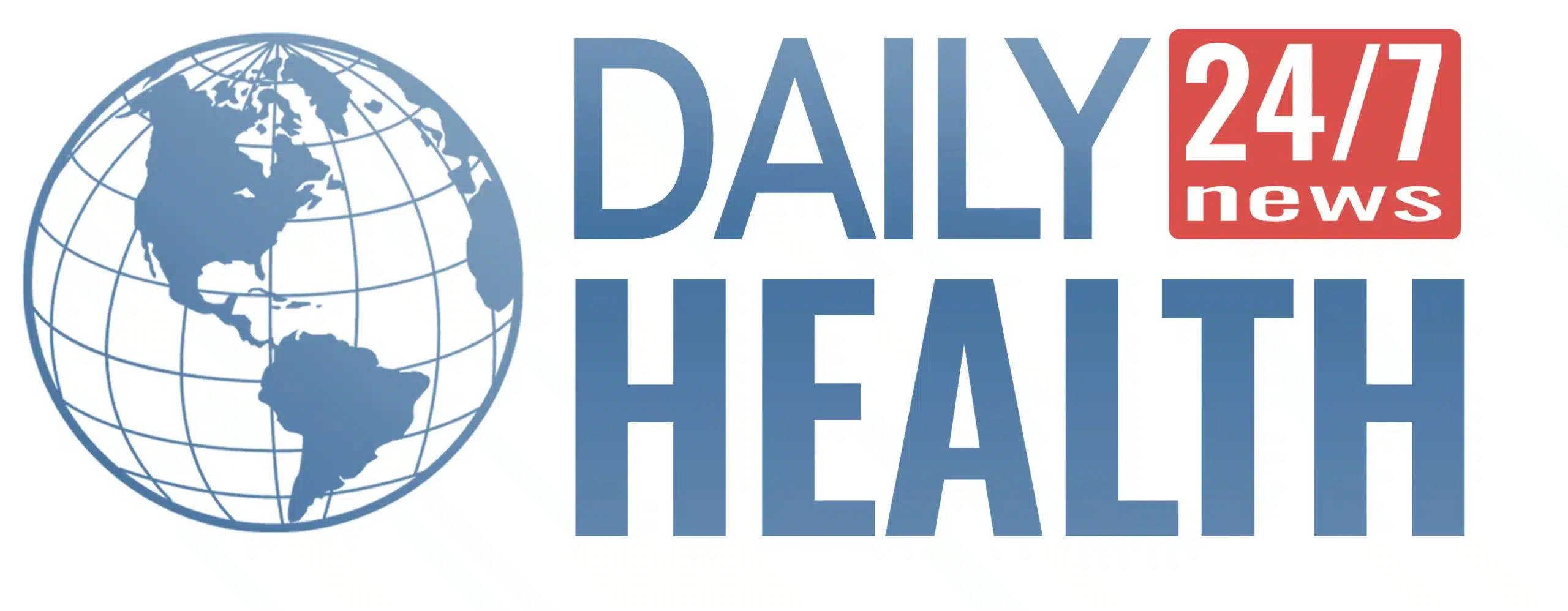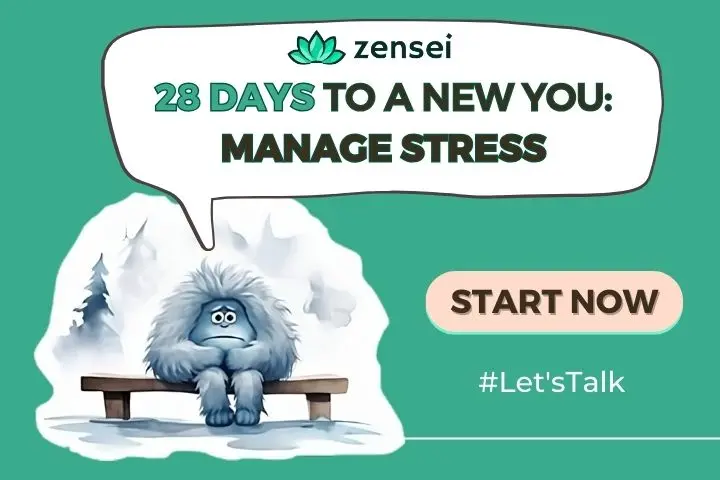In today’s fast-paced and high-pressure society, burnout has become a common concern. Burnout is a state of physical, emotional, and mental exhaustion caused by prolonged stress, particularly in the workplace. It affects one’s well-being, productivity, and overall quality of life. Recognizing the early signs of burnout is essential for timely intervention and prevention, helping individuals maintain a healthy work-life balance and safeguard their mental health.
Early Signs of Burnout
Identifying burnout in its early stages is crucial for preventing its escalation. Here are some key signs to watch out for:
1. Chronic Fatigue and Lack of Energy: One of the earliest signs of burnout is a feeling of constant tiredness and a lack of energy, not just physically but also mentally.
2. Reduced Performance at Work or School: A noticeable drop in performance, difficulty concentrating, and a decline in productivity can often signal the onset of burnout.
3. Emotional Changes: Increased irritability, feelings of detachment, and a sense of dissatisfaction or cynicism, especially related to work, are common emotional signs of burnout.
4. Decreased Satisfaction and Accomplishment: Feeling underappreciated or like your work doesn’t matter can contribute to a sense of burnout, as can a general feeling of disillusionment with your job or responsibilities.
5. Withdrawal from Social Interactions: If you find yourself withdrawing from colleagues, friends, or family, or you notice a decrease in your social activities, it could be a sign of burnout.
Recognizing these early signs is the first step in addressing and managing burnout before it becomes overwhelming.

Physical Symptoms
Burnout doesn’t just affect mental and emotional health; it also manifests physically. Recognizing these symptoms can help in early identification and management.
1. Sleep Disturbances: This can range from insomnia to oversleeping. Disrupted sleep patterns are a common physical symptom of burnout.
2. Changes in Appetite and Eating Habits: This might include loss of appetite or overeating in response to stress.
3. Physical Exhaustion: Even without extensive physical activity, a person experiencing burnout may feel constantly drained and fatigued.
4. Frequent Illnesses: The stress and exhaustion of burnout can weaken the immune system, leading to increased susceptibility to colds, flu, and other infections.
5. Headaches and Muscle Pain: Chronic stress can result in physical discomfort, including tension headaches, muscle aches, or gastrointestinal issues.
Being aware of these physical symptoms is crucial for recognizing burnout and taking steps to address it.

Emotional and Psychological Symptoms
The emotional and psychological impact of burnout can be profound and far-reaching. Here are some key symptoms to be aware of:
1. Increased Cynicism and Negativity: Feeling disillusioned, and developing a negative, cynical attitude towards work and even in personal life is a common sign of burnout.
2. Feelings of Ineffectiveness and Lack of Accomplishment: A sense of inadequacy and failure, and a declining sense of achievement or satisfaction in work and personal life are indicative of burnout.
3. Detachment and Isolation: This can manifest as a desire to avoid social interactions, a feeling of being disconnected from colleagues, friends, or family, and withdrawing from responsibilities.
4. Emotional Exhaustion: Feeling drained and emotionally depleted, unable to cope with stress, and lacking the energy to manage daily tasks.
5. Reduced Ability to Empathize: Known as ‘compassion fatigue,’ this involves a reduced capacity to empathize or feel compassion for others, often seen in caregiving and healthcare professions.
Recognizing these emotional and psychological symptoms is vital for early intervention and preventing the escalation of burnout.
Having a Mental Health Plan is a path to achieving lasting emotional well-being. Integrating a comprehensive strategy is a good way to enhance many aspects of life, like mental health, cope with stress, and embrace a more fulfilling and joyful life of positivity and inner strength.
Strategies for Prevention and Management
Effectively managing and preventing burnout requires a proactive approach and the implementation of practical strategies:
1. Setting Boundaries: Establish clear boundaries between work and personal life. Learn to say ‘no’ and prioritize tasks to avoid overcommitment.
2. Regular Breaks and Time Off: Take short breaks throughout the workday and ensure you take time off regularly. Disconnecting from work-related activities is crucial for mental rejuvenation.
3. Stress Management Techniques: Incorporate stress-reduction practices like mindfulness, meditation, yoga, or other relaxation techniques into your daily routine.
4. Healthy Lifestyle Choices: Engage in regular physical activity, maintain a balanced diet, and ensure adequate sleep to bolster your physical and mental health against the effects of stress.
5. Seek Professional Help: If you’re struggling to manage symptoms of burnout, consider talking to a mental health professional. Therapy can provide coping strategies and support.
6. Building a Support Network: Share your experiences with trusted colleagues, friends, or family members. A supportive social network can provide emotional support and practical advice.
Conclusion
In conclusion, recognizing burnout and its various manifestations, both physical and psychological, is crucial for early intervention and prevention. By understanding the early signs and implementing effective strategies, individuals can safeguard their mental health, maintain a healthy work-life balance, and protect their overall well-being. Remember, burnout is not a sign of weakness; it’s a result of prolonged stress and an imbalance between personal and professional life. Prioritize your well-being, practice self-care, and seek support when needed. Together, we can proactively address the challenges of burnout and foster a healthier, more resilient society.



















